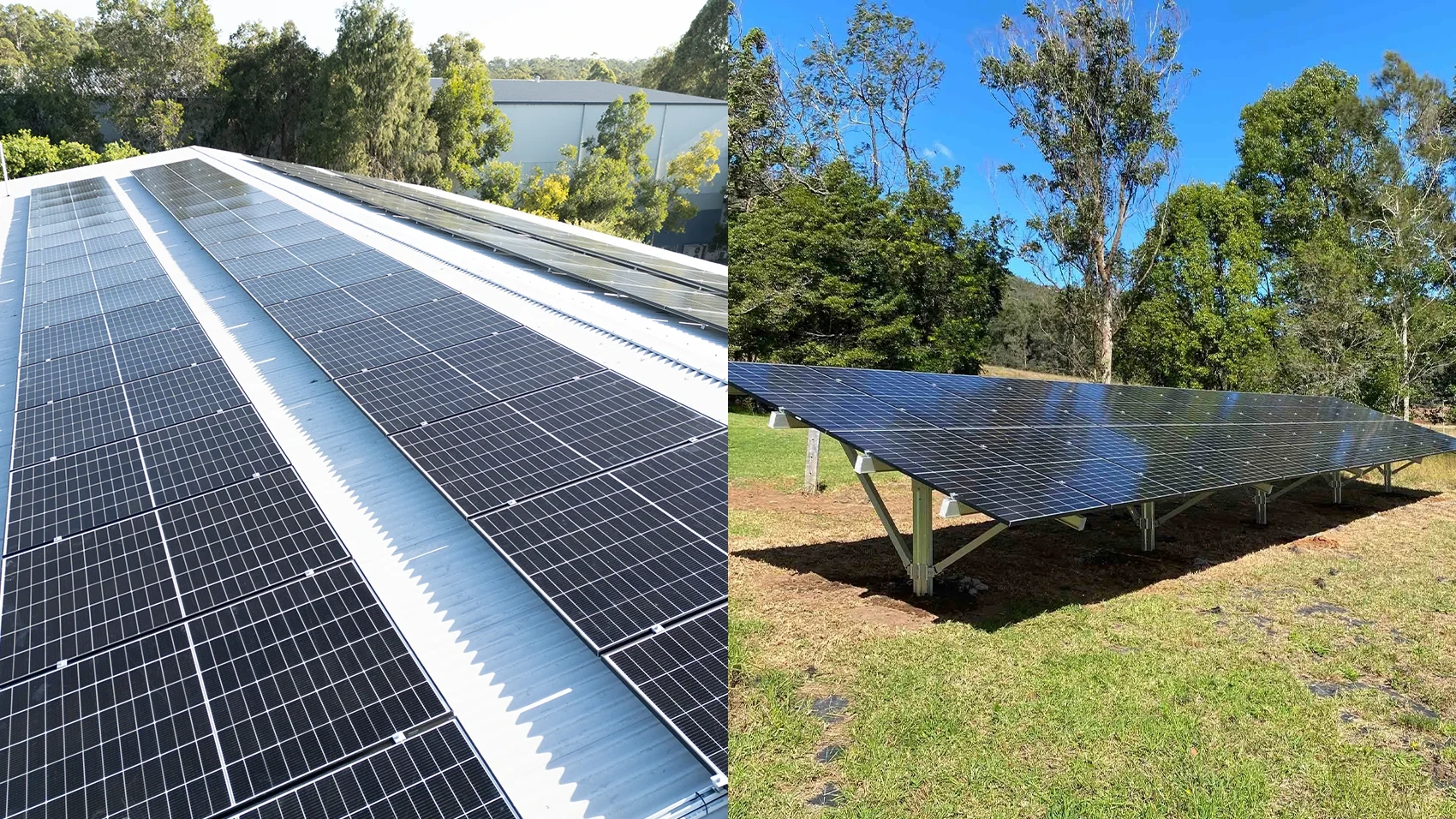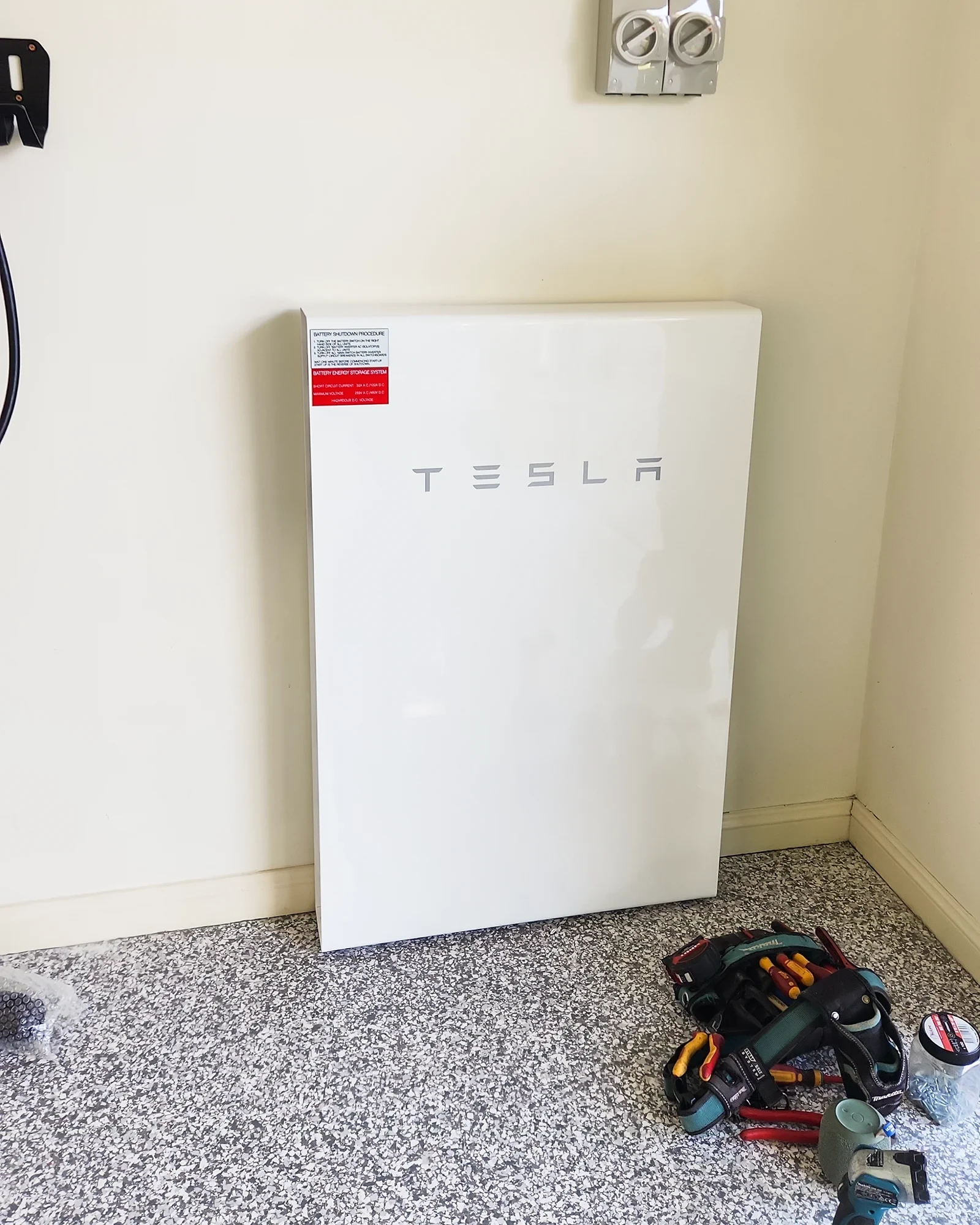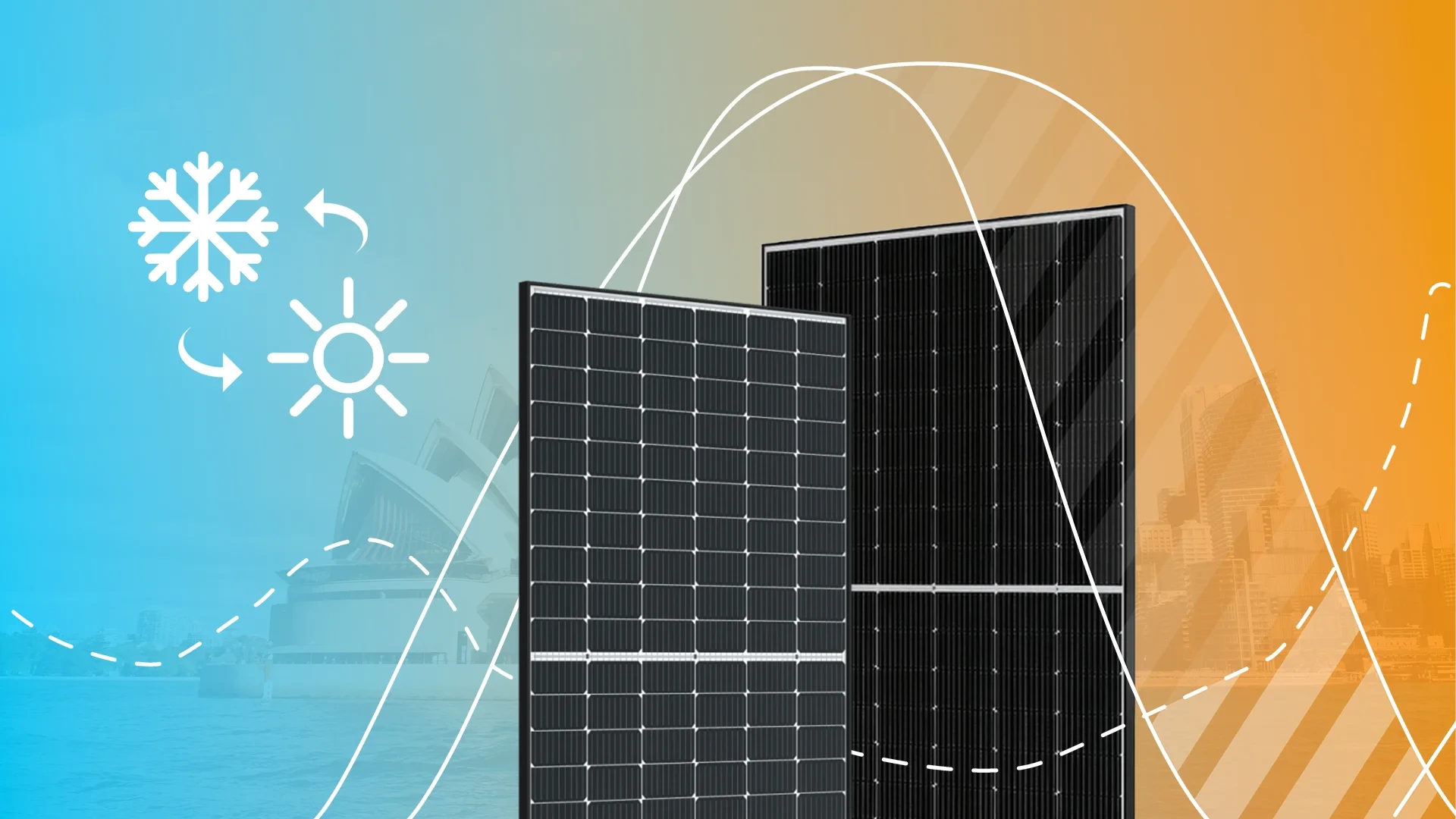The NSW Battery PRDS Incentive is Now Available
The NSW Battery PRDS Incentive is Now Available
Posted 17 Mar
In the new Clean Energy Council report, the CEC found that the renewable contribution in the overall production of energy in Australia, produced just shy of 40% of Australia’s total electrical supply. The generation capacity hit an impressive 5.9GW, up 900MW from 2022.
The CEC’s Chief Executive, Kane Thornton, said renewables had now reached a critical tipping point in the Australian energy mix.
“We’ve reached a major milestone following 12 months of profound change as industry and governments at all levels continue to work together with a renewed focus on a timely transformation of our energy system,” Thornton said.
“Renewables comprised 39.4 per cent of Australia’s total generation in 2023, an increase of 9.7 per cent in a single year. This is a major increase from 2017, when the share of Australia’s total renewable generation was just 17 per cent.

Australia is proving that it wants to place itself as the renewable energy powerhouse of the world, and with different trends such as price drops and more efficient / powerful systems, more Australians are showing they are willing to make the investment not only in their home consumption, but in Australia’s entire transition.
Rooftop Solar is the leading sector to Australia’s clean energy transition with 11.2% generation. In 2023, rooftop solar saw an increase of 3.1GW of new capacity to Australia’s grid. In 2023, 337,498 homes and businesses around Australia have installed rooftop solar, increased from 315,499 in 2022 (+21,999).
Over the next decade, we will start to see the average solar system reduce due to technological advancements, allowing panels and inverters to be more efficient, and with systems continuing to be more optimised to household consumption requirements.
As mentioned in the AEMO
2023 Q4 report,
distributed solar PV saw a generation increase of 13,058MW in Q4 2023, 10% higher than Q3 2023.
These 2 sources depict a high rate of adoption of solar on rooftops for both homes and businesses wanting to switch to renewable energy. We’re seeing a high demand for greener energy Australia-wide, with the continual adoption of rooftop solar, solar farms such as the Sunraysia Solar farm (one of the largest solar farms in the southern hemisphere), batteries and other types of renewables entering the grid.
“Rooftop solar accounted for 28.5 per cent of all renewable generation nationally over the past year. This is a testament to its success in driving additional value and lowering energy bills for over one in three Australian households and small businesses,” Thornton said.
We are seeing this adoption all over the Newcastle, Maitland, and Hunter region with more homes and businesses taking advantage of Government incentives to install solar panels on their roofs.


Whether you’re fully supportive or renewable energy or not, it is absorbing a large portion in the way we produce and consume energy in Australia, and not only contributes to sustainability and greener energy production, but also pushes Australia forward in its renewable energy capacity and NetZero targets.
With the costs of living increasing, energy consumption continues to be a strategy that owners are taking, to control costs through the use of solar power. Solar allows properties to use high-consumption appliances through the day, minimising grid reliance and costs, whilst also significantly reducing their carbon footprint. This gives Australian’s better energy security, especially when solar systems are paired with battery storage.
“2023 was also a significant year for construction and new financial commitments to utility-scale storage. Twenty-seven battery projects are under construction, up from 19 at the end of 2022. Investment stands at a massive $4.9 billion, up from $1.9 billion in the year prior.”
According to SunWiz figures, household battery adoption grew with 56,000 battery storage units being installed in households, increased from 43,000 in 2022.
The Clean Energy Regulator reported that at the end of September 2023, there was a 14% increase in battery storage adoption from 15,000 units in 2022, to 17,000 in 2023.
27 large-scale battery storage units were being built at the end of 2023, with a combined capacity of 5GW / 11GWh. The largest battery being the Waratah Super Battery which has a capacity of 850MW / 1,680MWh.

Overall, we can clearly see a strong upward trend for solar capacity in Australia both residentially and commercially, and with the early adoption of home battery storage, as well as higher-capacity commercial energy storage, owners are continuing to make the switch.
Prices will continue to decrease overtime, and technology will continue to be innovated, all in-which will allow more accessibility to a broader range of Australians.
Elite Power Group are local solar and battery installers, based in Thornton NSW, servicing all the Newcastle, Maitland, and Hunter region with quality renewable energy solutions.
Our aim is to help Australia in its renewable energy and emission targets by providing solutions everywhere we can. We can provide expert consultation, and installation of solar and battery at any scale, as well as electrical and EV charging integration for your business.

Rooftop and ground mounted solar are ways you can add solar to your home.. but which is better? Compare roof vs. ground solar systems and see what's best.

Explore the NSW battery 'rebate' (Peak Demand Reduction Scheme), approved battery brands, pricing, and how you can be eligible to save on your first battery.

Explore the best home solar batteries from 6kWh, 10kWh, and 15kWh energy capacity options. Protect your solar energy in Newcastle & Hunter NSW.

The journey of bidirectional charging in Australia has hit a milestone with the recent approval of the new standard for vehicle-to-grid (V2G) charging for 2025.

Explore how daylight savings and seasonal changes during winter and summer can affect your solar panels performance and solar generation in NSW, Australia.
Leave a Comment